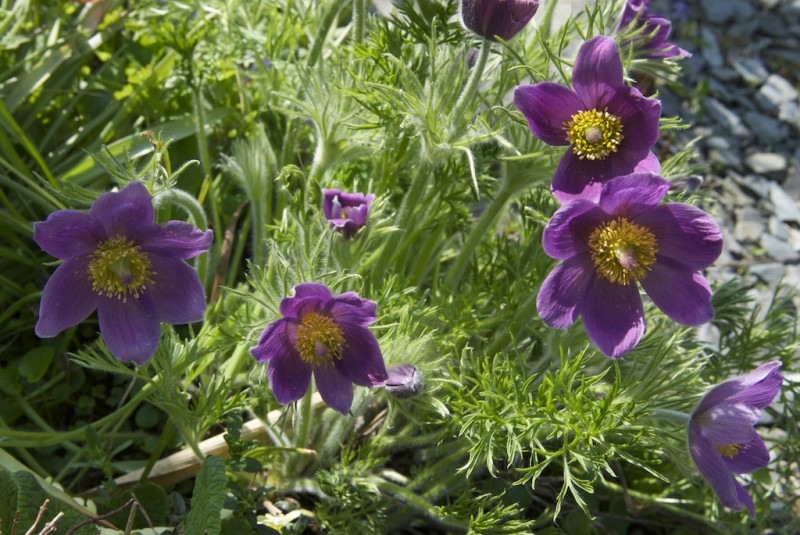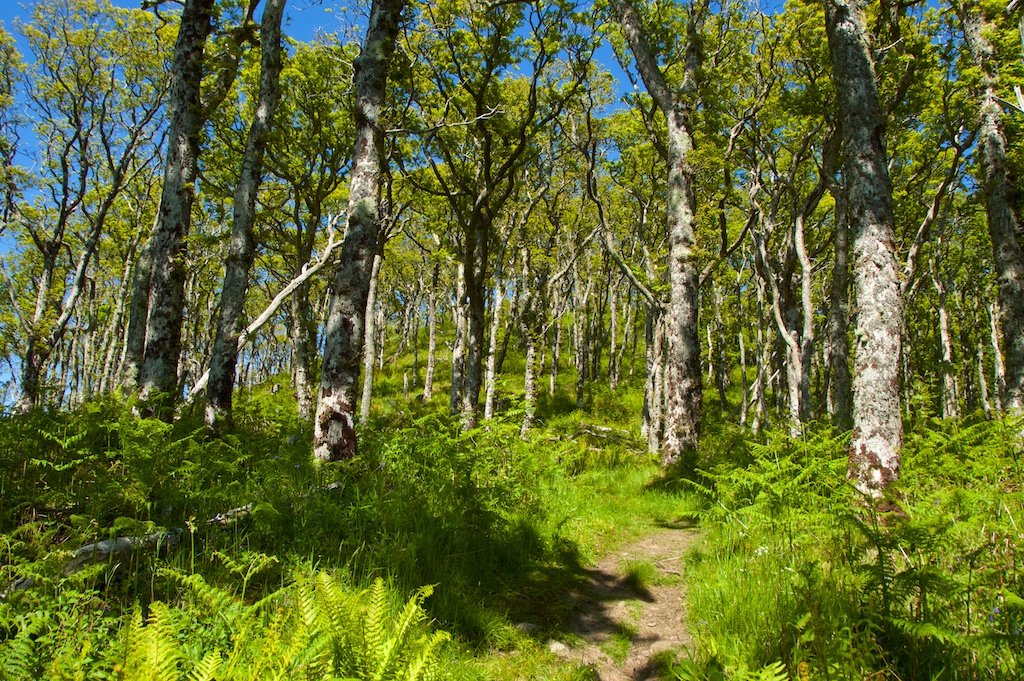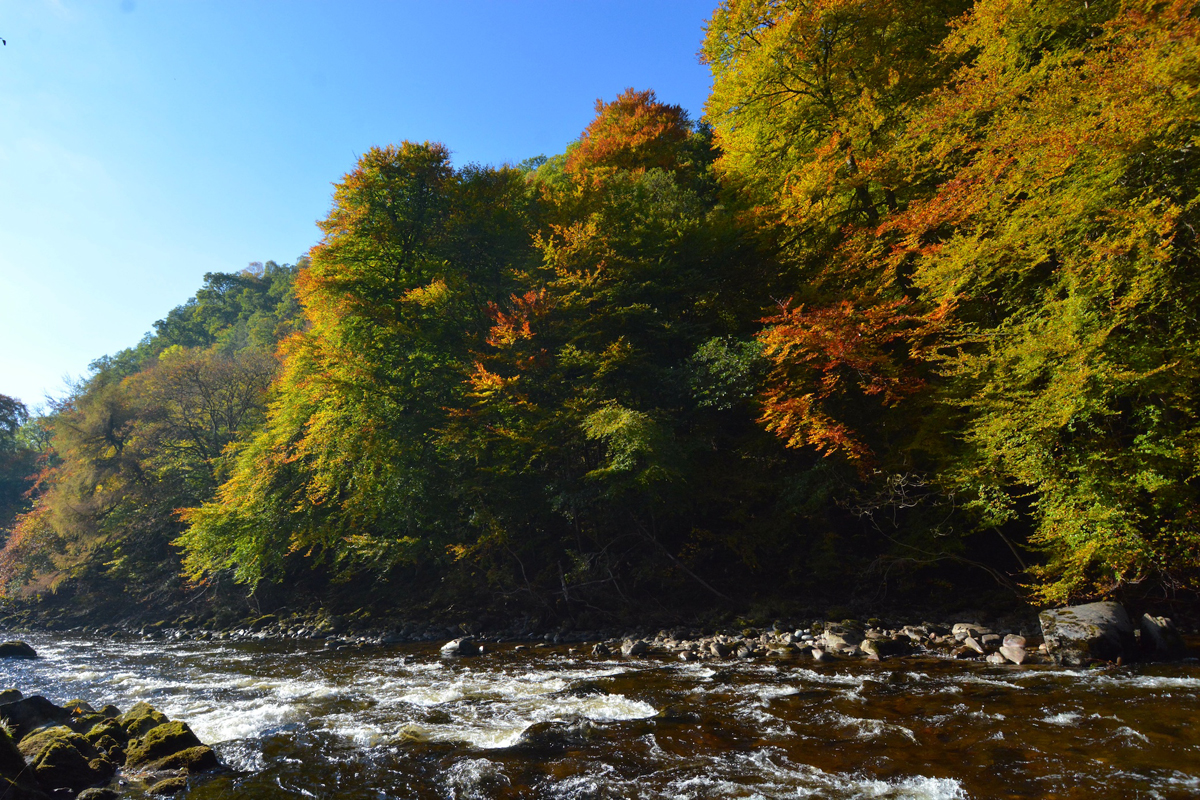
The Anemone of Passiontide
 The Pasque flower (Pulsatilla vulgaris) is so named because it blooms around Easter.
The Pasque flower (Pulsatilla vulgaris) is so named because it blooms around Easter.
 This gorgeous, low-growing perennial has cup-shaped purple buds that point upwards and then hang their heads like bells once the flower is fully open. The leaves, stems and seed heads are covered with the finest silvery hairs.
This gorgeous, low-growing perennial has cup-shaped purple buds that point upwards and then hang their heads like bells once the flower is fully open. The leaves, stems and seed heads are covered with the finest silvery hairs.
As a wild flower it is scarce in Britain, growing only on the dry, calcareous soil of East Anglia, the Chilterns, the Cotswolds, Cambridgeshire and Yorkshire. Just 18 individual populations are known, and it is a priority species under the UK Biodiversity Action plan.
The Pasque flower’s preference for growing on ancient earthworks has led to a belief that it is attracted to the graves of Roman or Viking warriors, and springs from their blood. This is a lovely idea, despite it being pretty much impossible to prove! From a scientific point of view, perhaps the folklore can be explained by the flower’s liking for undisturbed chalk grassland, where many hill barrows and ancient monuments have never been touched by the plough.
 Natural England says that it is “working with landowners to reinstate appropriate grazing regimes on grasslands known to support populations of Pasque flower.”
Natural England says that it is “working with landowners to reinstate appropriate grazing regimes on grasslands known to support populations of Pasque flower.”
The Pasque flower can be grown as a garden plant, and these photographs were taken in our garden in North Wales. It likes a sunny site, with well-drained limestone soil. Specialist growers offer pure white and blush pink variants, and it is also available in a beautiful deep crimson.
There are about 33 species of Pulsatilla; it is distributed across Europe, North America and Asia. Despite its beauty, the species is highly toxic, and has the effect of slowing the heart. Extracts were used as a medicine by Native Americans, and it is a constituent of some homeopathic remedies.
Also called the Easter Flower or Meadow Anemone, Pulsatilla vulgaris is the county flower of Cambridgeshire and Hertfordshire.






4 Comments
dhphotosite
Gorgeous!!!
Jo Woolf
Thank you! We must get one for our new garden – although it might be a bit wet for it here.
Rebecca@Flower Delivery Online
Beautiful photos, I really have a deep appreciation for wildflowers because they’re so tempting to gather and make into a bouquet, but you stop yourself and respect them because they’re where they belong. What are the effects of the toxin, through consumption or sap?
Jo Woolf
Thank you! I believe that it slows the heart rate and can be used as a sedative, among other purposes. But all the websites I’ve read warn that it is unsafe, either taken orally or through skin contact. There’s more info here http://www.naturalwellbeing.com/learning-center/Pulsatilla